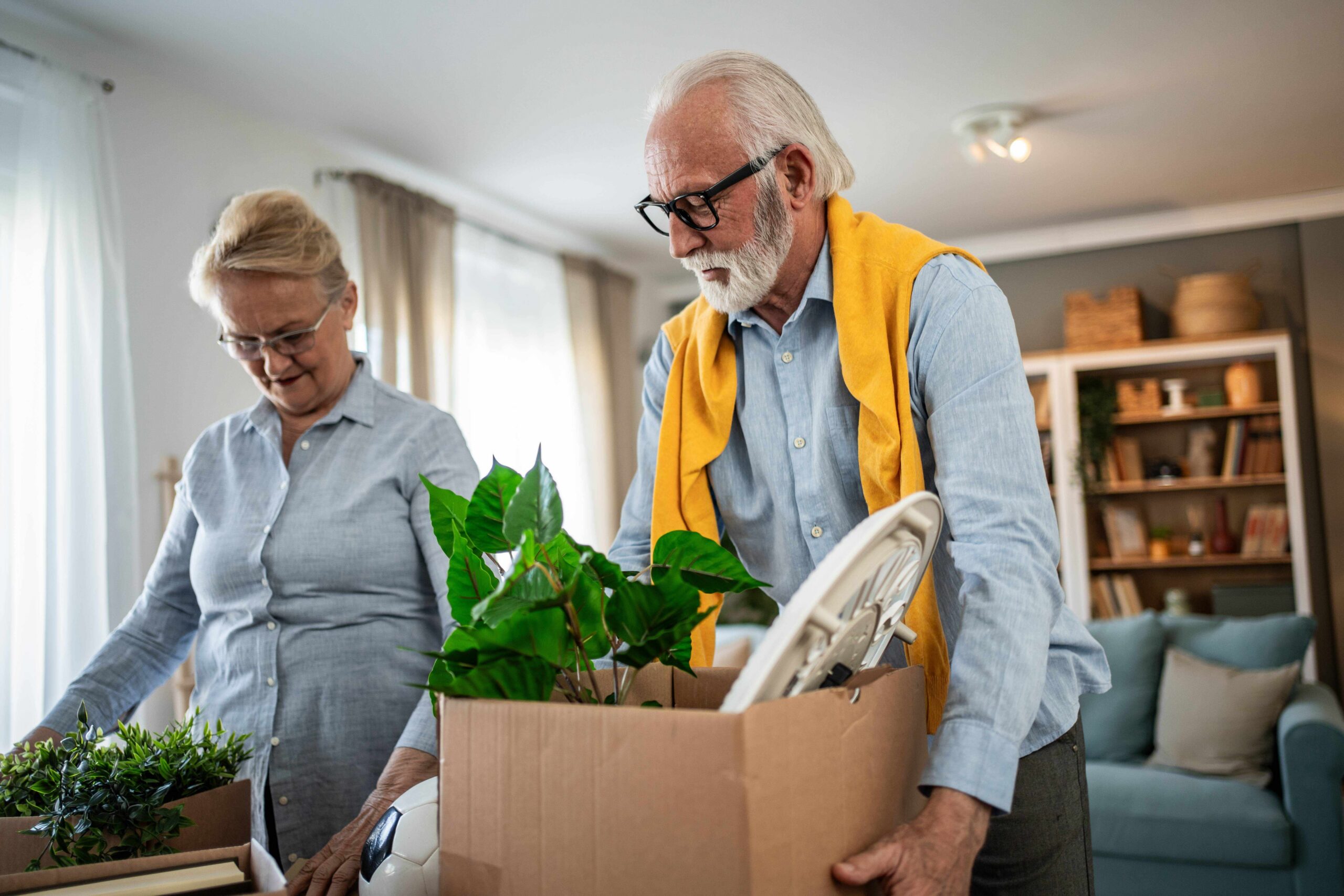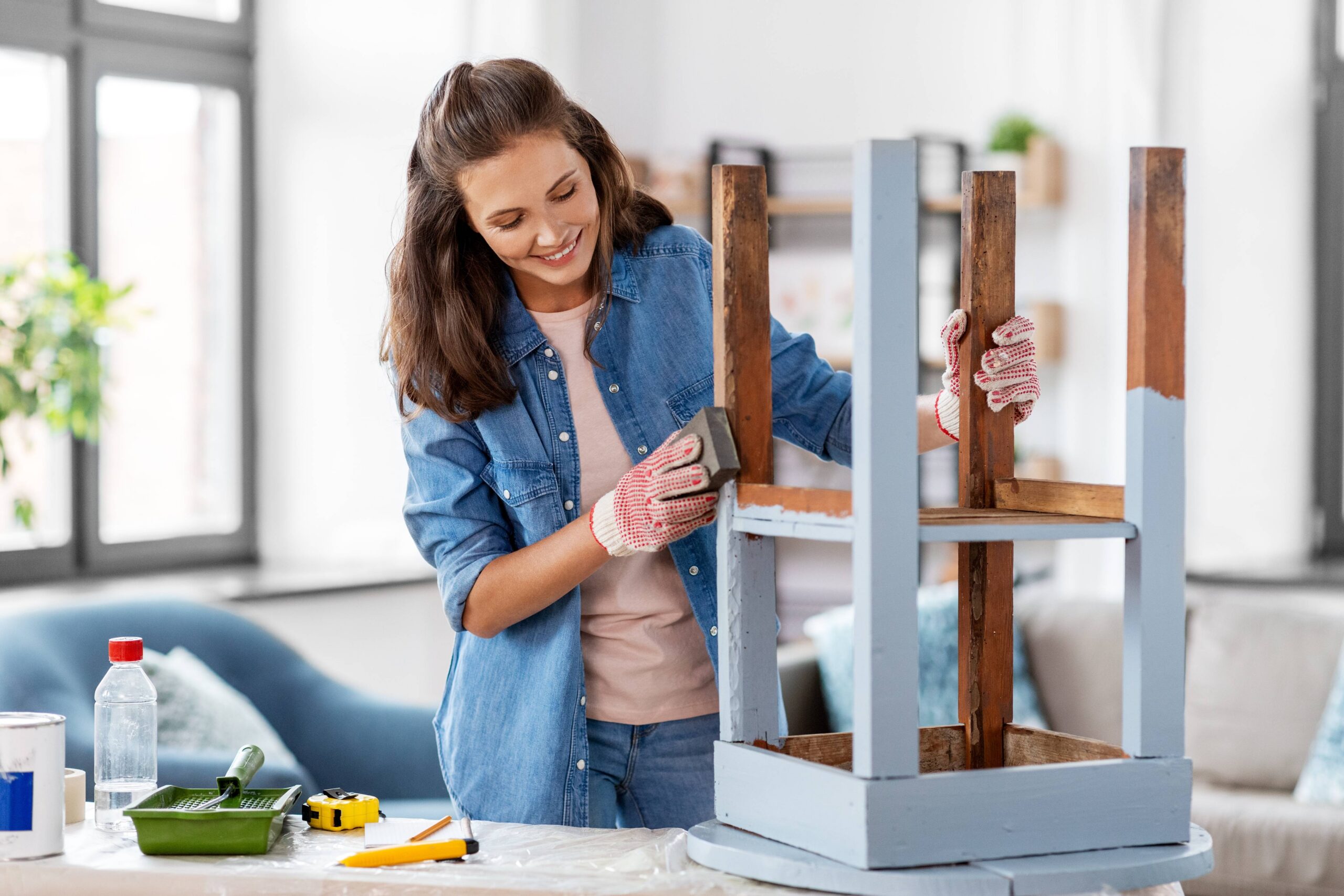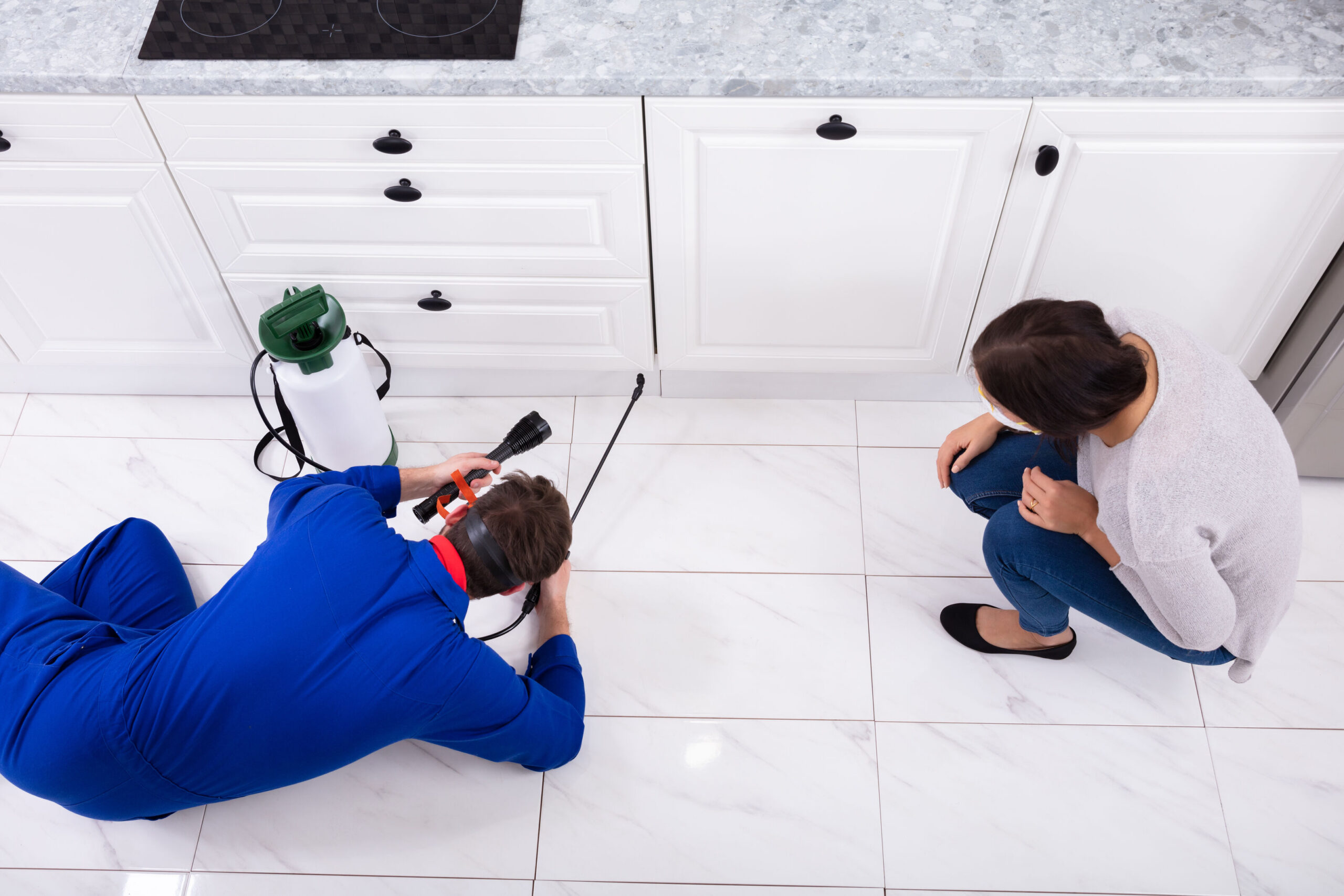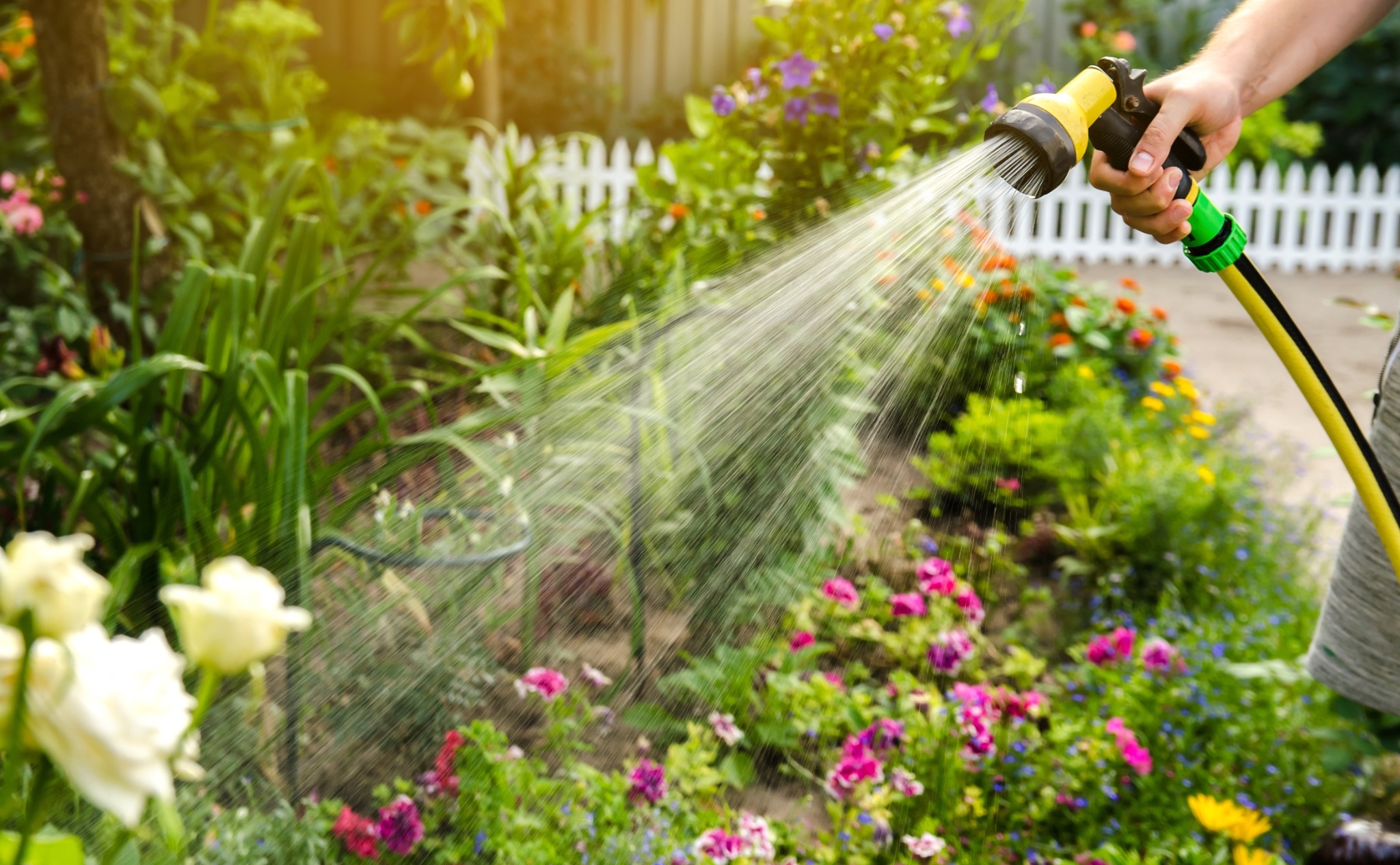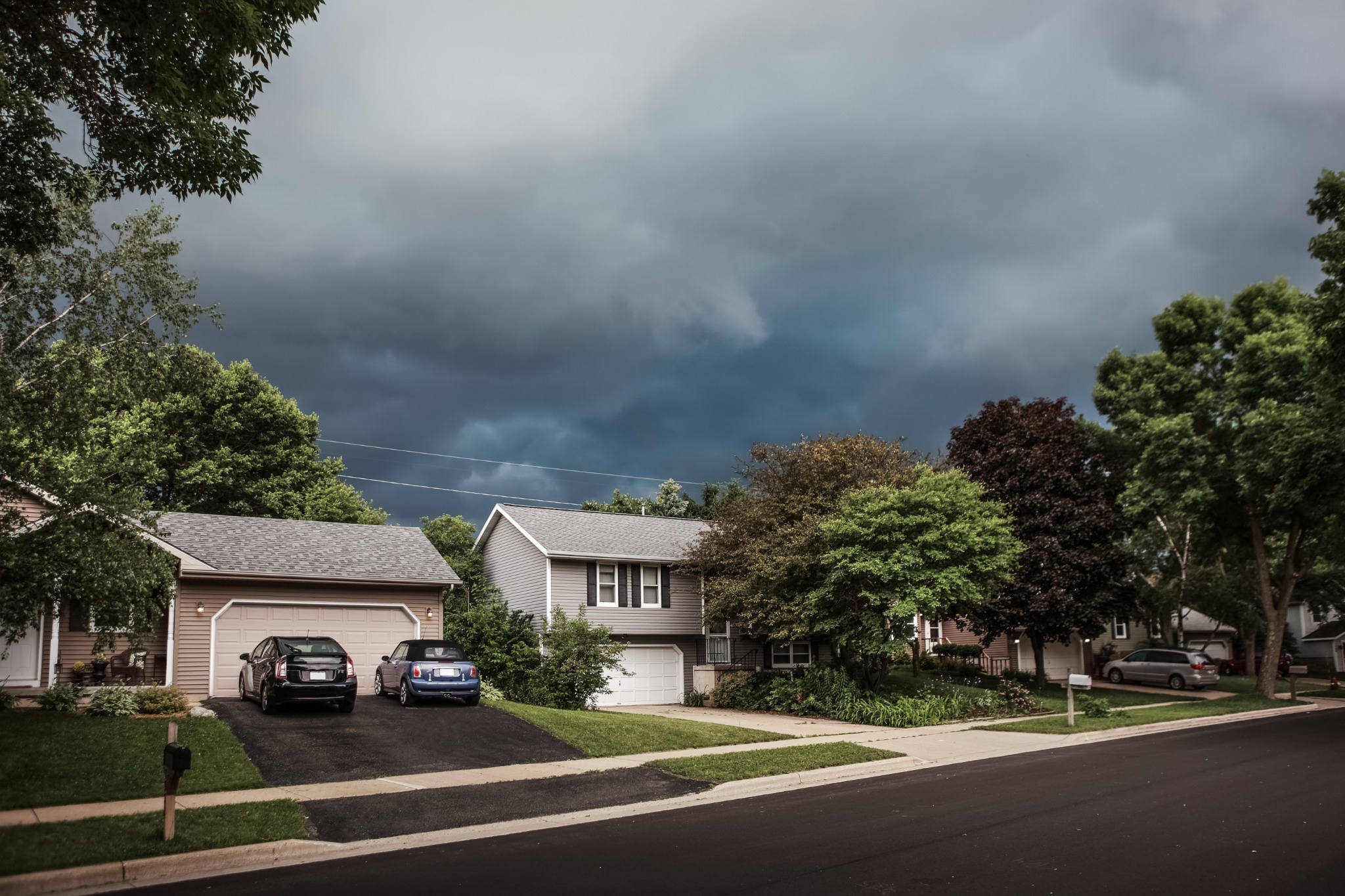Table of Contents
- Start with Fire Safety—Your First Line of Defense
- Prevent Slips, Trips, and Falls Before They Happen
- Upgrade Your Lighting for Security and Safety
- Childproofing and Pet-Proofing That Grows with Your Family
- Simple Electrical Upgrades That Prevent Major Problems
- Protect Your Home from Intruders Without a Full Security System
- Don’t Forget Weather and Emergency Preparedness
- Table: Budget-Friendly Safety Upgrades That Make a Big Difference
- The Takeaway: Safety Doesn’t Have to Be Expensive
Simple Home Safety Upgrades Every Family Should Make
Home safety isn’t just about alarms and locks—it’s about peace of mind. Whether you live in a suburban house, an apartment, or a cozy starter home, a few thoughtful upgrades can make a big difference in how protected your family feels every day. And the best part? Most of these improvements are surprisingly affordable and easy to install yourself.
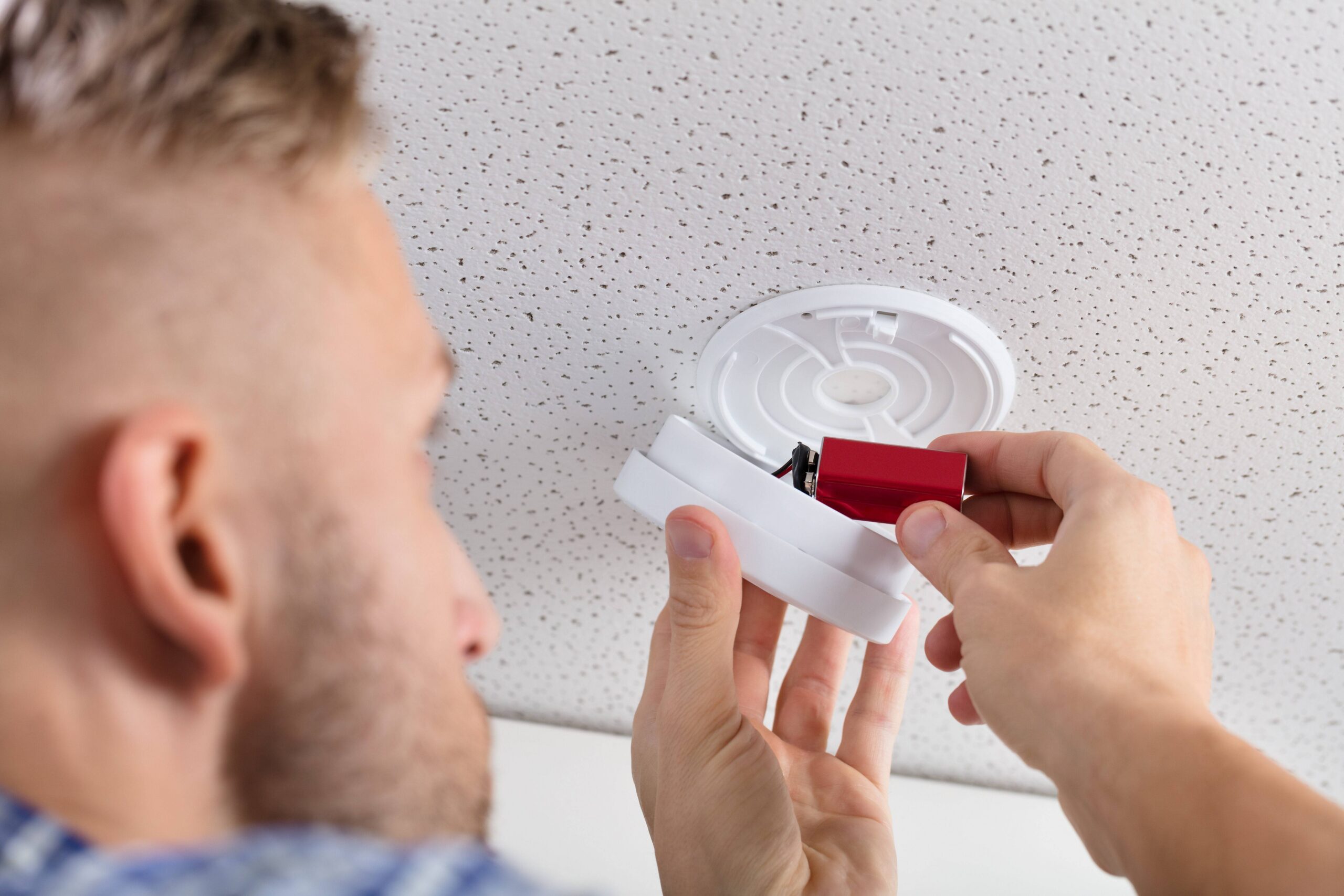
This isn’t about turning your home into a high-tech fortress. It’s about making smart, practical updates that prevent accidents, protect your investment, and give you confidence that your home is ready for whatever life throws its way.
Start with Fire Safety—Your First Line of Defense
The foundation of every safe home starts with reliable fire prevention. If it’s been a while since you checked your smoke detectors, it’s time to do it now. Most detectors have a lifespan of 8–10 years, and after that, they lose sensitivity. Replace them with updated models that include both smoke and carbon monoxide detection.
Newer models even link together wirelessly, so if one alarm goes off in the basement, you’ll hear it upstairs too. If you want an upgrade that doesn’t cost much but offers a big safety boost, consider smart alarms that connect to your phone and send alerts even when you’re away.
Don’t forget your fire extinguishers—yes, plural. You should have at least one on each floor, ideally near the kitchen, garage, and sleeping areas. If yours hasn’t been inspected in years, check the gauge and make sure it’s still charged. For most households, a standard ABC-rated extinguisher (good for electrical, grease, and paper fires) is all you need.
Prevent Slips, Trips, and Falls Before They Happen
Falls are one of the most common household accidents, but a few quick fixes can lower that risk dramatically. Start with your stairs and hallways—make sure every step is well-lit, clutter-free, and has a secure handrail. If you’ve got older relatives or small children in the home, add non-slip treads to wooden stairs or rugs with grip backing in high-traffic areas.
Bathrooms are another hazard zone. Installing grab bars in the shower or next to the toilet might sound like a senior-only upgrade, but it’s a game-changer for anyone recovering from an injury or navigating wet floors. You can also swap out traditional bath mats for textured, non-slip versions that stay put even when soaked.
Outside, uneven walkways or cracked pavers can easily lead to stumbles. A weekend of patching, leveling, or resealing paths isn’t just cosmetic—it’s safety maintenance that pays off immediately.
Upgrade Your Lighting for Security and Safety
Lighting is one of the simplest, most overlooked safety upgrades. A well-lit home deters break-ins, reduces falls, and makes everyday routines safer—especially if you have kids or guests moving through unfamiliar spaces.
Focus first on the areas you use after dark: entryways, porches, driveways, and staircases. Motion-sensor floodlights are an easy DIY install that instantly boosts security without increasing your energy bill. Indoors, switch older fixtures to bright, warm LED bulbs that mimic natural daylight. They last for years, use a fraction of the power, and make it easier to spot hazards.
For families with kids, adding nightlights to hallways and bathrooms can prevent nighttime bumps and spills. And if you have outdoor steps or a deck, consider installing solar-powered pathway lights. They’re low-cost, wire-free, and recharge automatically—one of the easiest upgrades you can make for both safety and curb appeal.
Childproofing and Pet-Proofing That Grows with Your Family
You don’t need to go overboard with baby gates and foam bumpers to make your home family-safe. What matters most is anticipating where curiosity meets risk. Start with electrical outlets, loose cords, and sharp furniture corners—these are the small hazards that cause big problems.
Choose outlet covers that automatically close when not in use, and use cord organizers to keep lamp and TV wires tucked away. For cabinets that hold cleaning products or medications, swap out traditional latches for magnetic locks—they’re discreet and easy to deactivate when you no longer need them.
Pet owners can apply the same logic. Secure trash cans, block off hazardous areas like laundry rooms or garages, and make sure windows with screens are firmly fastened. These aren’t just about safety for kids or pets—they also help you avoid property damage and unexpected repairs.
Simple Electrical Upgrades That Prevent Major Problems
Electrical safety upgrades are often more about prevention than reaction. Old wiring, overloaded outlets, and outdated breakers are leading causes of household fires, but many issues start small—like flickering lights or warm outlet covers.
If your home still uses two-prong outlets, it’s worth having an electrician install grounded three-prong replacements. Not only does this protect your electronics, but it also reduces shock risk. Similarly, replacing traditional outlets in kitchens, bathrooms, and garages with GFCI (Ground Fault Circuit Interrupter) outlets can prevent dangerous electrical shocks near water.
One small, inexpensive upgrade with big payoff is adding surge protectors to appliances and sensitive electronics. Whole-home surge protection, installed at the breaker panel, offers even more protection—especially in areas prone to power surges or storms.
Protect Your Home from Intruders Without a Full Security System
You don’t have to commit to a costly, subscription-based system to make your home more secure. A few smart devices can create layers of protection that deter break-ins and alert you before a problem becomes serious.
Video doorbells and motion-activated cameras are affordable, easy to install, and give you visibility from your phone. Even basic models now offer two-way audio, so you can greet deliveries or ward off strangers without opening the door. Pair that with smart locks that allow remote access for family members, and you’ve already covered most common entry points.
If you prefer not to go high-tech, adding door reinforcement plates, longer strike screws, and window locks can provide serious protection at a minimal cost. Visible deterrents—like outdoor lighting, “secured” stickers, or dummy cameras—also make your home less appealing to intruders looking for an easy target.
Don’t Forget Weather and Emergency Preparedness
Home safety isn’t only about avoiding accidents—it’s about being ready for the unexpected. Severe weather, power outages, and heat waves can all pose risks, especially for families with children or older adults.
Start with a few essentials: a backup flashlight in every room, a small stash of bottled water, and a portable power bank for phones. If you live in an area prone to hurricanes, floods, or snowstorms, consider investing in a compact generator or battery backup system. Even a small one can keep the essentials running during an outage.
Check that your gutters, roof, and foundation are ready for extreme weather too. Clearing debris, sealing small cracks, and keeping water away from your home’s base prevents not just leaks but long-term structural damage.
Table: Budget-Friendly Safety Upgrades That Make a Big Difference
| Upgrade | Cost Range | Why It Matters |
|---|---|---|
| Smoke & CO Alarms | $30–$60 each | Alerts you early to life-threatening dangers |
| Non-Slip Mats or Treads | $10–$40 | Prevents falls in high-risk areas |
| Motion-Sensor Lights | $20–$100 | Deters intruders and improves visibility |
| GFCI Outlets | $15–$50 each | Protects against electrical shock |
| Smart Door Lock or Video Doorbell | $100–$200 | Adds convenience and real-time security |
| Grab Bars & Handrails | $30–$100 | Adds stability and accessibility |
| Whole-Home Surge Protector | $200–$400 | Prevents electrical fires and damage |
The Takeaway: Safety Doesn’t Have to Be Expensive
Keeping your home safe doesn’t require a renovation budget—it’s about layering small, intentional upgrades that add up to major protection. Whether it’s swapping outdated smoke detectors, brightening a dim stairwell, or adding a simple smart lock, each improvement reduces risk and increases your family’s sense of security.
The smartest safety investments are the ones you barely notice day to day but rely on when it matters most. Start small, stay consistent, and make a few upgrades each season. Over time, you’ll build a home that’s not just comfortable—but confidently safe.
